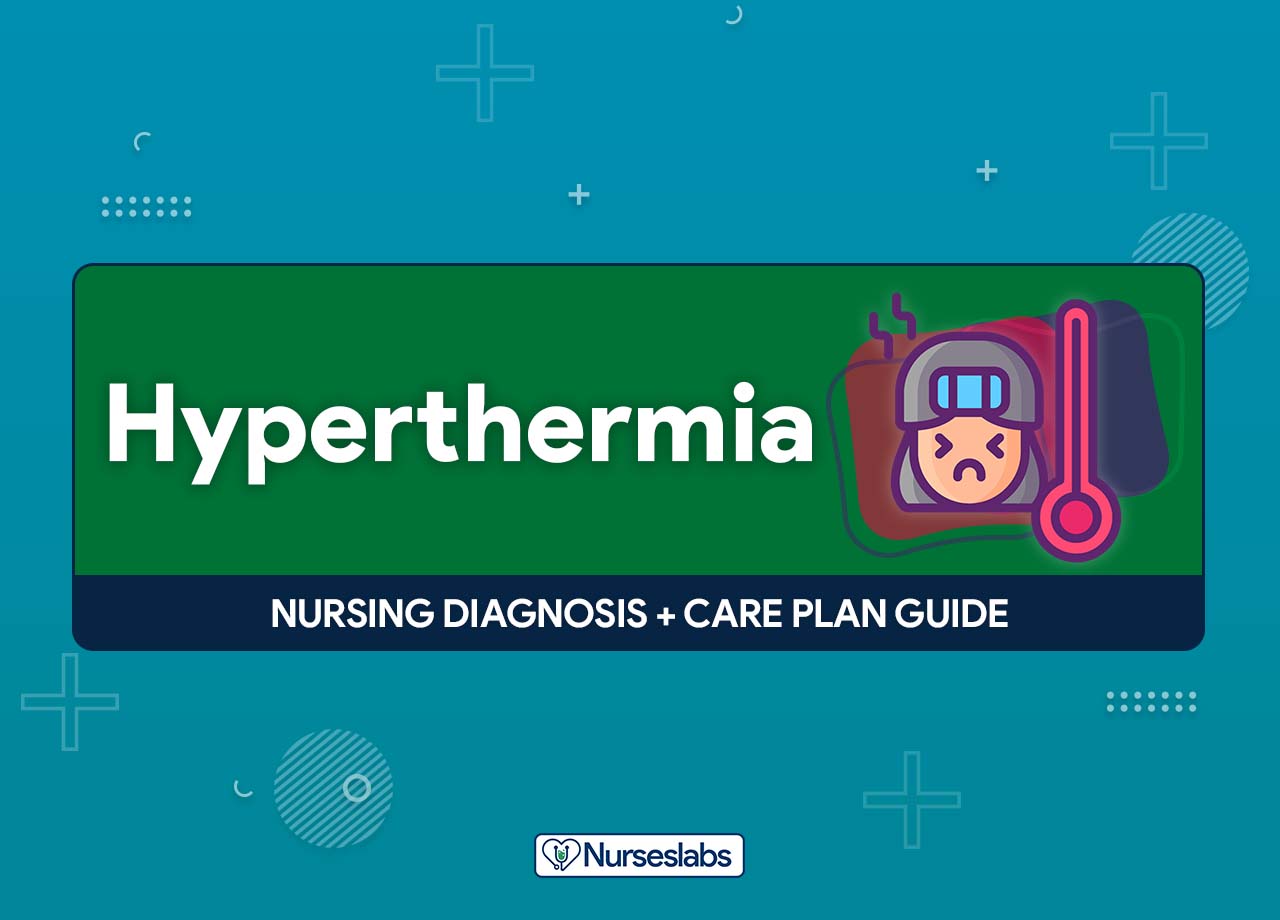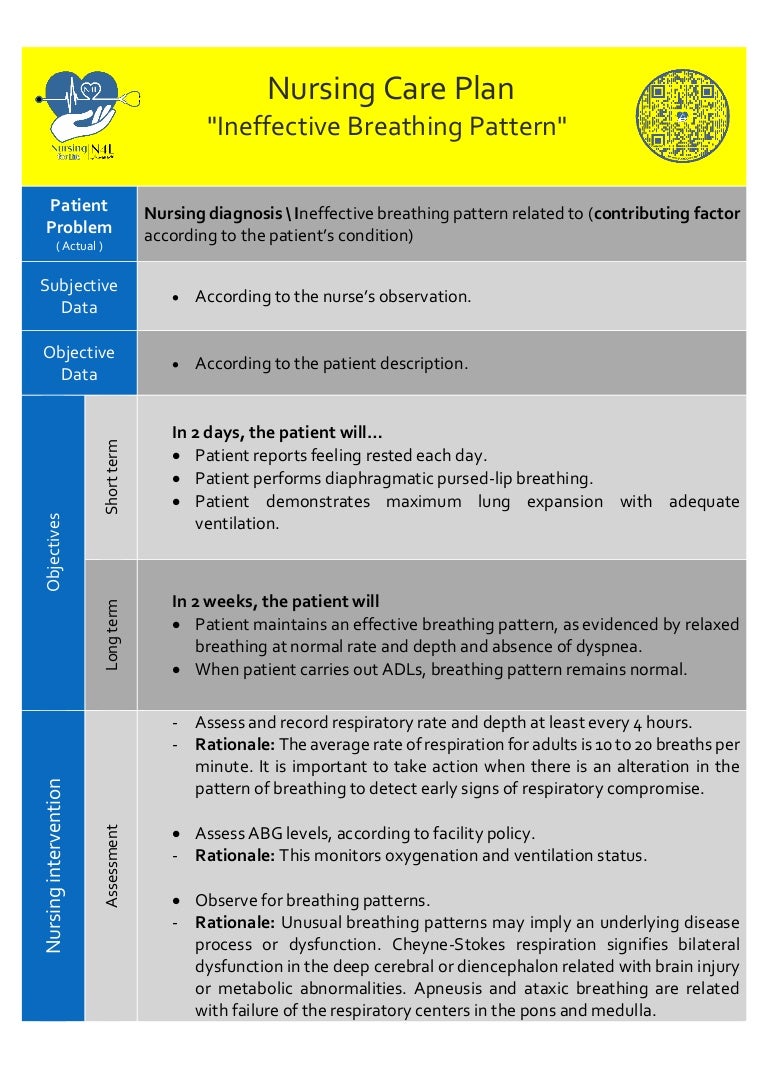end tidal co2 monitoring nursing considerations
The capnogram corresponds to the patients respiratory cycle. ETCO2 is sometimes used for procedural sedation and during resuscitation.
Nursing The Portosystemic Shunt Patient The Veterinary Nurse
Measurements can be made via sidestream sampling through a nasal cannula or via attachments to an endotracheal or a tracheostomy tube.

. After profound circulatory collapse the end tidal CO2. It is important to monitor the carbon dioxide to make sure the breathing tube is in the right place Rationale. Order provides guideline for duration of monitoring acceptable parameters for results and appropriate interventions for.
Safety feature to be used with all patient receiving PCA and PCEA infusions exception. Importance of End-Tidal Agent Monitoring as a Standard of Care. The capnogram changes immediately upon any decline in the respiratory pattern.
ABGs during the process was found to be untrue. 14 Continuous End-Tidal Carbon Dioxide Monitoring 105 Steps Rationale Special Considerations 1 HH 2 PE 3. Measurement of end-tidal CO2 therefore requires.
End-tidal carbon dioxide monitoring refers to the noninvasive measurement of exhaled carbon dioxide and is most useful when applied directly to patient care. Tion of end-tidal carbon dioxide ET CO 2 as a waveform or capno - gram. CO2 monitors measure gas concentration or partial pressure using one of two configurations either.
Mechanically ventilated and. Such information aids patient management and helps prevent clinical compromise. Whilst it is fairly easy to interpret numerical values for EtCO 2 and RR interpretation of the waveform shape requires specific knowledge discussed below.
See Nursing considerations in ETCO 2 monitoring Capnography use during procedural sedation is now becoming commonplace. Normally it dis - plays an almost-square wave - form indicating a. Obtain order or follow institutional protocol for continuous Pet co 2 monitoring with capnography.
Murphy RA Bobrow BJ Spaite DW et al. First established in the 1930s clinical use of end-tidal carbon dioxide measurement became accessible in the 1950s with the production and distribution of capnograph monitors. 1 Although commonly used in intubated patients receiving mechanical ventilation this technique is sometimes used in non-intubated patients.
1 Most anesthesia care providers use an anesthetic agent monitor to measure agent concentrations in their everyday practice and in much of the world it has become a de facto Standard of Care. Et al End tidal Carbon Dioxide Monitoring in very low birth weight infants. A pilot study Dimens Crit Care Nurs.
End-tidal carbon dioxide ETco 2 monitoring provides valuable information about CO 2 production and clearance ventilation. About Press Copyright Contact us Creators Advertise Developers Terms Privacy Policy Safety How YouTube works Test new features Press Copyright Contact us Creators. Publication types Clinical Trial.
Ventilation effective movement of gas in and out of the lungs. The 2010 House of Delegates of the American Society of Anesthesiologists ASA amended its Standards for Basic Anesthetic Monitoring to include mandatory exhaled end-tidal carbon dioxide E t CO 2 monitoring during both moderate and deep sedation to its existing requirement for endotracheal and laryngeal mask airway general anesthesiaIt became effective as of July. Venous return CO2 from tissue to heart.
11 End Tidal CO2 monitoring ETCO2 via waveform capnography should be used to confirming correct placement of the endotracheal tube andor measure the adequacy of ventilation 12 For patients in cardiac arrest end tidal CO2 is a useful adjunct to treatment 121 Note. End-tidal CO2 ETCO2 monitoring is a common treatment for patients receiving mechanical ventilation within the critical care or operating room setting. In fact its commonly called the ventilation vital sign.
Capnography or end-tidal exhaled carbon dioxide CO2 monitoring. Tingay DG Mun KS Perkins EJ. In contrast capnography delivers a more comprehensive measurement that is displayed in both graphical waveform and numerical form.
11 End Tidal CO2 monitoring ETCO2 via waveform capnography should be used to confirming correct placement of the endotracheal tube andor measure the adequacy of ventilation 12 For patients in cardiac arrest end tidal CO2 is a useful adjunct to treatment. 24 The term capnometry refers to the. To facilitate safe and evidence-based care for this patient group nurses must have a good understanding of this physiological monitoring method.
The EtCO 2 value the waveform shape and the respiratory rate RR. Arch Dis Child Fetal Neonatal Ed. ETCO2 levels reflect the.
If EtCO 2 is 45 to 50mmHg. Pulmonary blood flow CO2 from lungs to heart. Pain management and sedation issues history of sleep apnea.
End-tidal capnography end-tidal CO2 PETCO2 ET CO2 refers to the graphical measurement of carbon dioxide partial pressure mm Hg during expiration. End-tidal carbon dioxide monitoring for weaning patients. Provides non-invasive continuous measurement of respiratory rate and exhaled CO2 concentration over time and is measured at peak expiration.
End-tidal carbon dioxide ETCO2 is the level of carbon dioxide that is released at the end of an exhaled breath. Association between prehospital cpr quality and end-tidal carbon dioxide levels in out-of-hospital cardiac arrest. When monitoring End Tidal CO 2 there are 3 aspects to consider.
Correlation and agreement with arterial carbon dioxide. For this reason capnography is currently the most widely recommended method for monitoring ETCO258. End tidal carbon dioxide is as reliable as transcutaneous monitoring in ventilated postsurgical neonates.
In ETCO 2 monitoring a photodetector measures the amount of infrared light. Attempt to stimulate and arouse the patient. End-tidal carbon dioxide ETCO 2 determines the carbon dioxide CO 2 concentration in exhaled gas to provide information about a patients pulmonary cardiac and metabolic status.
Several implications for critical care nursing practices were derived from the literature review and findings of this study. Optimal clinical application of this noninvasive monitoring technique requires an understanding of the physiologic principles of ETCO2 monitoring and its unique technologic considerations. EtCO 2 should be monitored in addition to pulse oximetry whenever respiratory depression is a possibility examples.
End-tidal carbon dioxide ETCO2 monitoring is an effective tool to continuously assess the adequacy of ventilation in critically ill infants and children. Also called capnometry or capnography this noninvasive technique provides a breath-by-breath analysis and a continuous recording of ventilatory status. EtCO 2 35-45 mm Hg.
End-tidal CO 2 monitoring in this setting provides the earliest indication of ventilation difficulty. In some countries anesthetic agent monitoring is a written Standard of Care while in others it is not even mentioned.

Hyperthermia Nursing Diagnosis Care Plan Nurseslabs

Ineffective Breathing Pattern Nursing Care Plan
Solved Nursing Considerations Is Airway Is Objectives For Patient Negative Including Patient Safety A Respiratory Patient Outcomes Concern Rate Course Hero

6 Mechanical Ventilation Nursing Care Plans Nurseslabs

Ineffective Breathing Pattern Nursing Diagnosis Care Plan Nurseslabs

End Tidal Capnography Background Indications Technical Considerations Tidal Breathe Technical

Ventilator Basics For Nursing Students Straight A Nursing

Nursing Recommendations On How Capnography Improves Patient Safety Physician Patient Alliance For Health Safety

Implementation Science Incorporating Obstructive Sleep Apnea Screening And Capnography Into Everyday Practice Journal Of Perianesthesia Nursing

Pin By Vicki Divino On Anestesia Perioperative Nursing Icu Nursing Pharmacology Nursing

Pin On Educational Medical Diagrams

Why You Should Care About Capnography And Etco2 Straight A Nursing

Pin On Trauma And Resuscitation

Icu One Pager Icu Nurse Critical Care Icu Nursing Nurse Practitioner School


